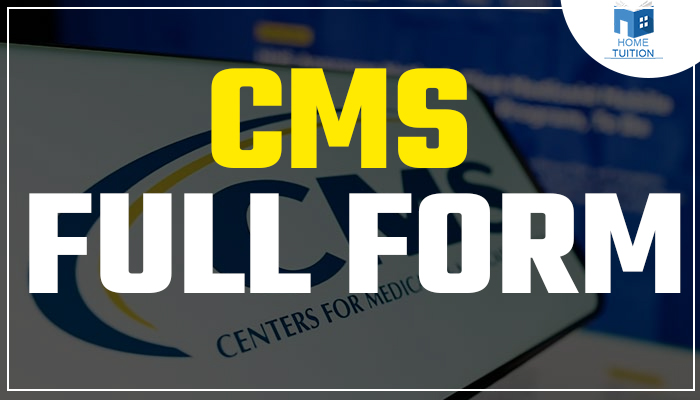Full form of CMS
Content Management System is the full form of CMS. A CMS is a software platform that handles website content changes, allowing multiple authors to develop, update, and publish material. Content in a CMS is typically stored in a database and exhibited on a series of templates in the application layer. They are commonly used for ECM (Enterprise Content Management) and WCM (Web Content Management).
Web pages are usually written in programming languages ??like CSS, JavaScript, PHP, HTML, and so on, and if one wants to create a website, one has to learn all these concepts. CMS systems solve this problem by allowing anyone to create a website without needing to design software or learn to program.
Characteristics of CMS
- Help the development of websites faster and easier.
- CMS provides full design support without any alteration of the content.
- CMS management and usage are simple
- CMS administration panel that supports multiple languages.
- The server needs less demand.
- Integrated file managers & audit reports.
- Quick update and simple to SEO.
Major elements of CMS
- CMA (Content Management Application) – The front-end user interface's editing component allows users to edit, change, add or remove content from a web page.
- CDA (Content Delivery Application) – It is the tool for publishing that upgrades the website details. The backend process consumes the content you feed the CMA, accurately stores it, and gives it visibility to the user.
Some features of the CMS
You might now be looking for the features of the CMS acronym. We can jot them down for you in the following lines :
- Building websites become fast
- CMS is user friendly
- SEO-friendly URLs are generated
- Loads of templates are available
- The server requirement is very stumpy
- It lets you edit content even after publishing
- It gives multi-language support
- The file managers of CMS are integrated

How many types of CMS can you find?
A content management system used as a full form of CMS has three different variants. We can discuss them in detail on the following lines:
- Proprietary CMS: This is a licensed CMS line that can only be used by one company. Companies have to pay to update their CMS. User support for a proprietary CMS also comes with a price. Microsoft SharePoint, Shopify, and Sitecore are examples of this CMS family.
- Open Source CMS: A free, open-source CMS line can be downloaded onto your computers without paying any upfront costs. However, some fees may apply for installation, templates, and support. WordPress is the best example of this, along with Joomla, Magento, Drupal, and many others.
- Software as a Service CMS: This variety is used for web content management, web hosting, and technical support. It works on a subscription model, and the payment depends on the site or the user.